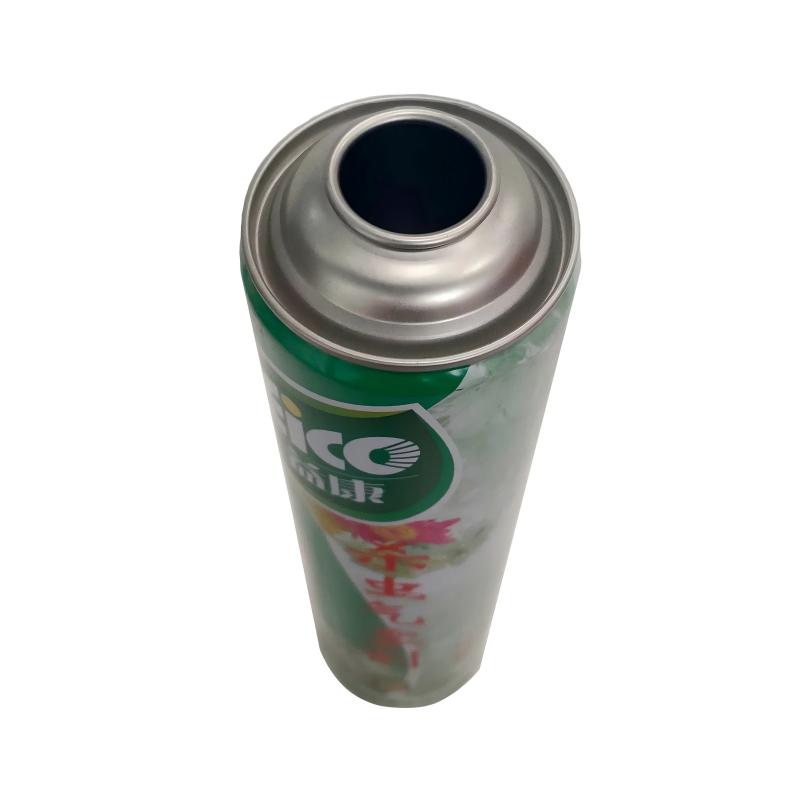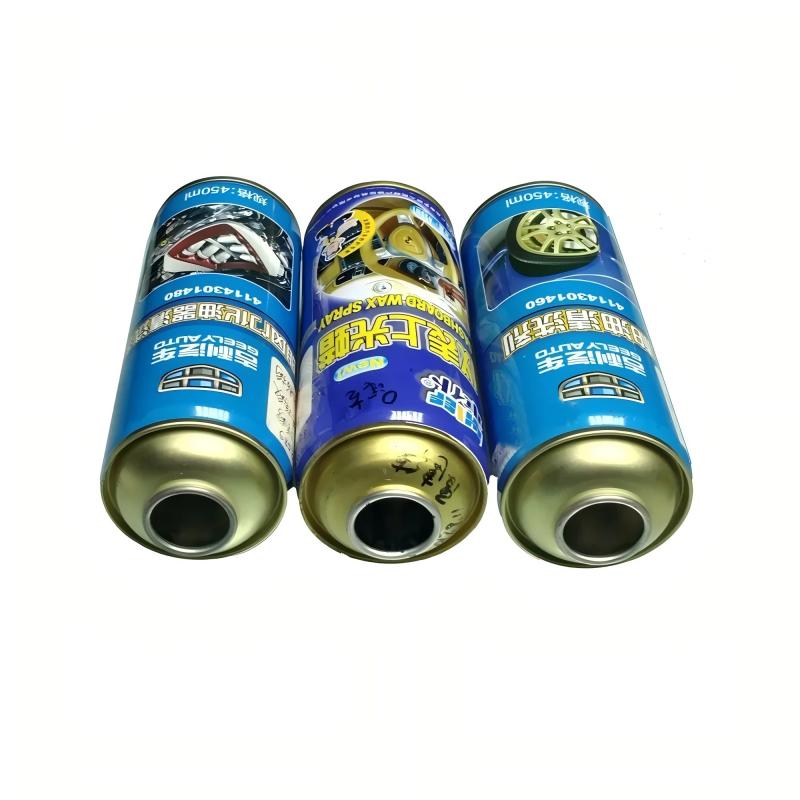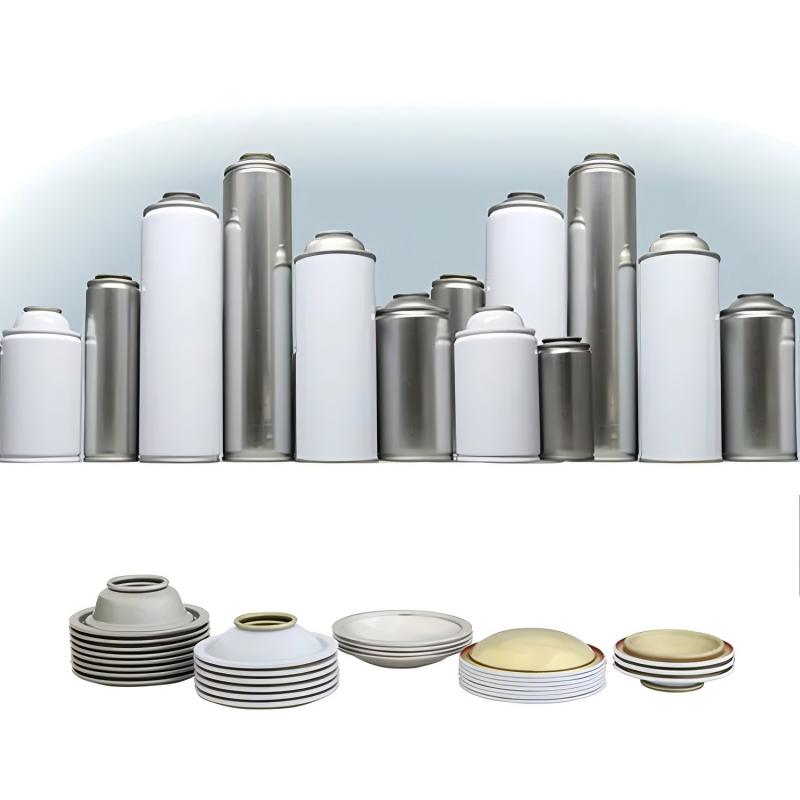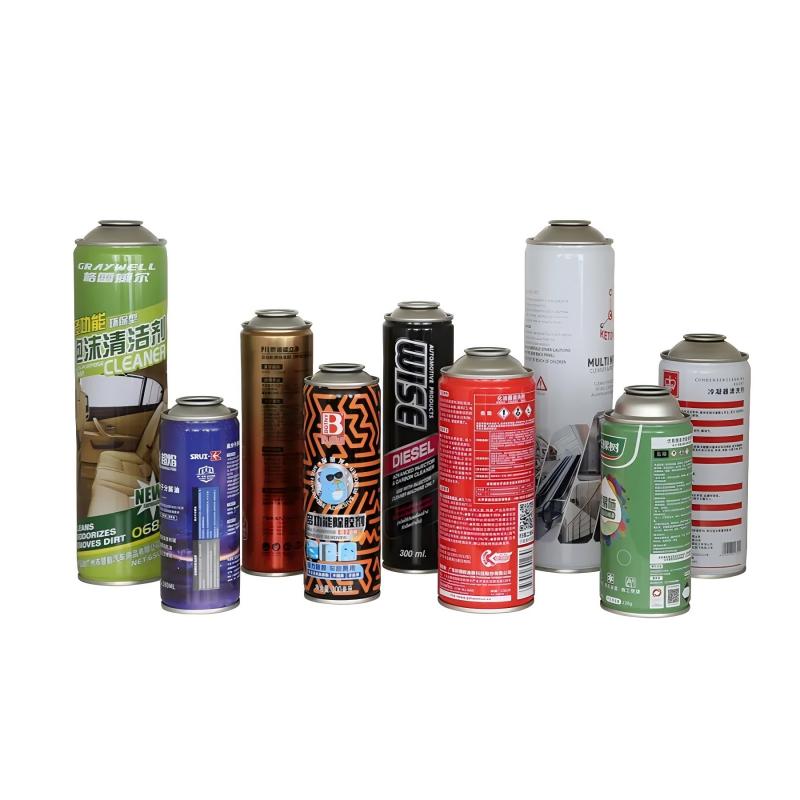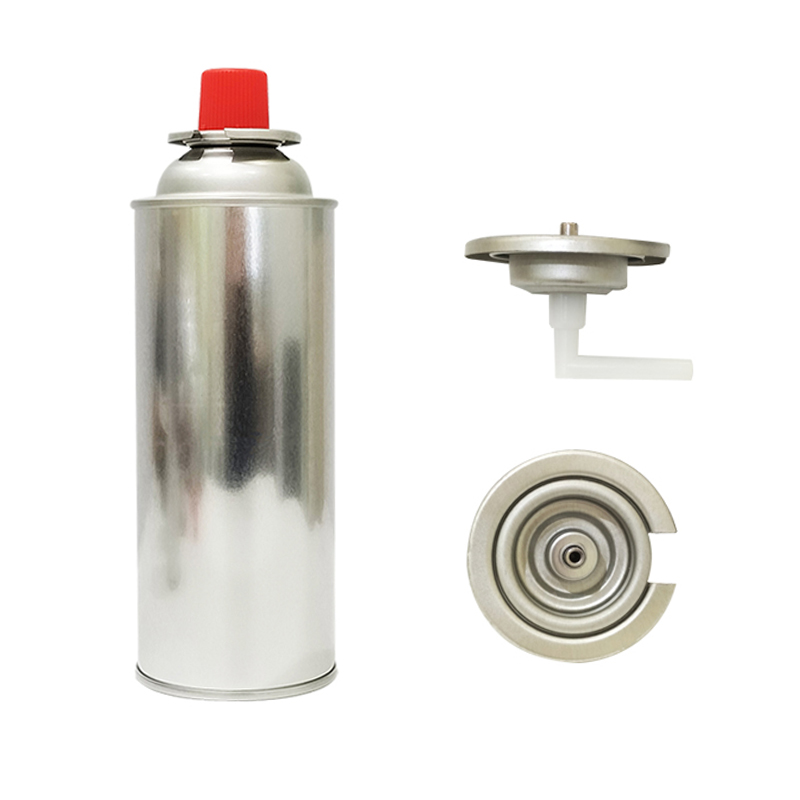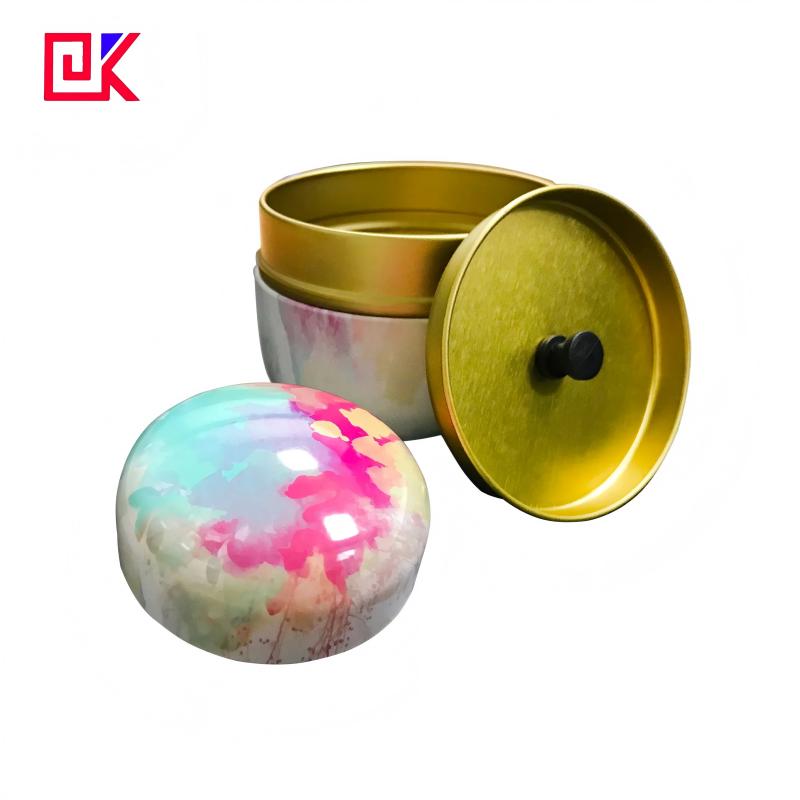08-13/2025
The cone and dome of an aerosol can are metal structural components that connect the can body and the nozzle.
· The cone: A tapered structure that transitions from the larger diameter of the can body to the smaller diameter of the dome.
· The dome: A slightly arched top structure that secures the valve and ensures stable internal pressure through sealing.


